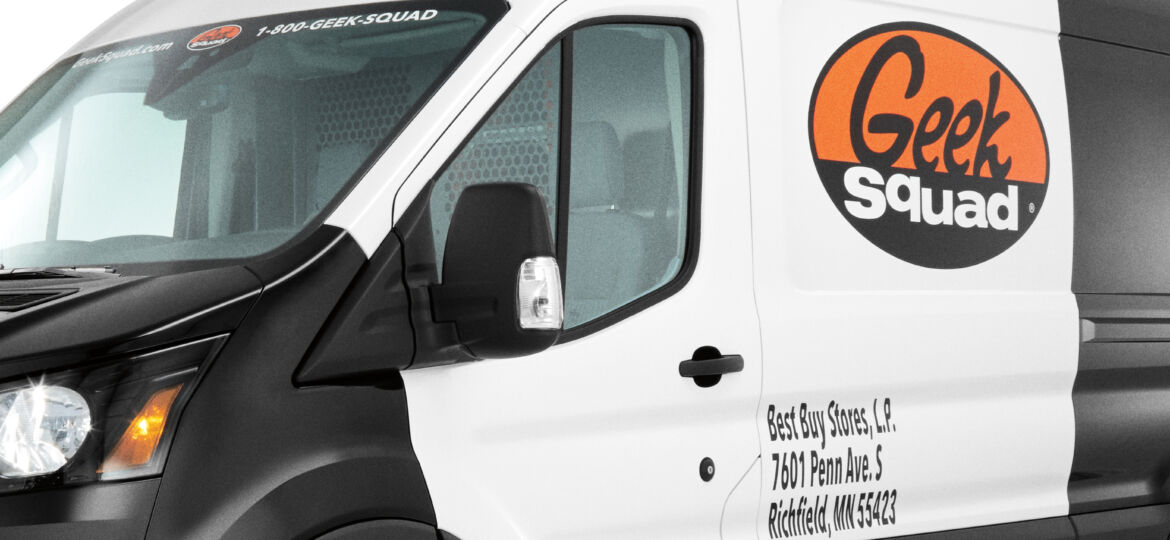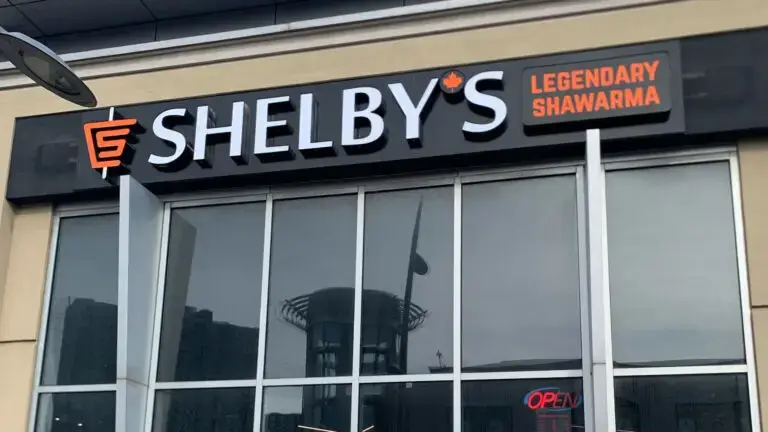If I were to say, "Go make a Xerox, and while you're doing that, grab me a Coke. If it's a bit damp, find some Kleenex to dry it off. The last one I had was shaken, so I'm going to try and Windex my laptop screen before you get back.", I can guarantee the vast majority of people would know exactly what I was saying.
This shows you the power of branding. Those names are not only the default noun when describing a generic product, but in some cases have taken over the verb as well. Every time someone makes a photocopy, Xerox is mentioned, in some parts of the states, Coke is the name for any soda. This successful application of branding has perpetuated a cycle of free publicity that has brought untold benefits to the companies involved.
But this didn't happen by accident, these companies knew the power of branding and used it to create brands that became part of the cultural landscape. While you may not be looking to become the next Coke or Xerox, a few basic principles can help you cement your brand as a staple in your given demographic.
What Branding Really Is

Your branding consists of more than how you advertise your product. It's about what you can connect to what you make or the service you provide. Colors, themes, ideas, and even people are all extremely important to branding.
A great example of this would be Geek Squad before it was purchased by Best Buy. The service they provided was okay, but the extent they branded their product to set it apart from the dearth of technical support at the time made them the default technical support group for residential use for quite a few years.
Every bit of advertising was color-coded with a very specific three-color palate. Every technician wore the same uniform. Every call was answered the same way.
This should be the goal you strive for, every decision in regards to your brand should be put through a lens of how well it fits with the brand itself.
Staying On Theme
The easy advice here is to stay 'On Theme'. Make sure that you have just as clear of an idea as to your brand as your product.
Saying, "You sell yourself not your product." Is a bit cliché, but it doesn't make it any less true.
Branding with little effort is something the consumer can feel. Whether this is due to poorly implemented branding (off-color palates, inconsistent tone, etc.), or directionless branding, it makes the product itself seem less appealing.
Think of your brand as a subculture. Where in your niche do you fit in? And what kinds of things speak to the people there?
Differentiation Through Branding
Chances are the product or service you're offering isn't unique, but this is where properly implemented branding sets you apart. You may be the millionth person to be making cups in the history of the world, but you can be the only person making your cups.
So ask yourself, what makes this product yours? What colors, designs, and engineering choices? Making these choices well before the product is available is key to successful branding.
Once you decide this, then it's time for implementation. And this is one of the most important parts of branding. It's the difference between a good ad and a good brand. Using a multimedia approach to branding is a must in 2024. But spending the time, and resources to make sure that every avenue, is done professionally and effectively is key.
Modern Branding Examples

To look at a more modern example of branding making an otherwise regular product extremely successful, I'd like to mention a Canadian company, Shelby's Shawarma.
While the product itself is in a saturated market (fast food) they used a carefully planned and executed branding plan to elevate it to quick and widespread success. The coordinated use of social media is nothing new, but again, we don't want an ad on YouTube, an ad on X, etc. We want a brand.
The consistency of theme, tone, palate, and even spokesperson, made each feel like part of a whole. Essentially this active use of branding strategy made sure people were consuming Shelby's brand long before they had a chance to consume their product.
Internal Branding
As a parting thought, let's think about a part of branding that often gets forgotten. Internal branding. Of course, the majority of your efforts are going to be attracting customers. But branding extends beyond that. Mission statements, value statements, and even things like dress codes (or lack thereof) all have an impact on the brand itself.
Whether you plan on running a small crew, or a massive corporation, making sure that everyone is on-brand is a key part of establishing yourself as not just a product, but a brand.
Think of a large-scale example like Coca-Cola, or Budweiser. They don't just exist in a location, they leave their mark on the surrounding culture. From charity events to employee swag, they keep internal branding strong.
One thing to avoid in this case though is crossing the line from internal branding to cynically implemented corporate culture. While everyone should have a clear idea of the path the brand is to take and be doing their best to make this happen, remember, a little goes a long way.
The Power of Branding
Branding may seem overly complex at points, and that's because it is. It's not just making sure people are aware of your product or service, it's using all of the tools at your disposal to create a living, breathing world in the mind of the customer.
But as complex as it is, the benefits to your business as a whole will be worth the time and effort spent. To use probably the most famous example possible, think of all the non-drink merchandise sold by Coca-Cola.
Their branding was done with such a level of expertise, to a great degree, it became the product. It allowed them to sell everything from hats to fridges, not because their hats or fridges were the best of their type, but simply due to the brand itself being part of the cultural landscape.
Armed with this information, I hope you find yourself able to take the first steps into doing the same for your brand.
